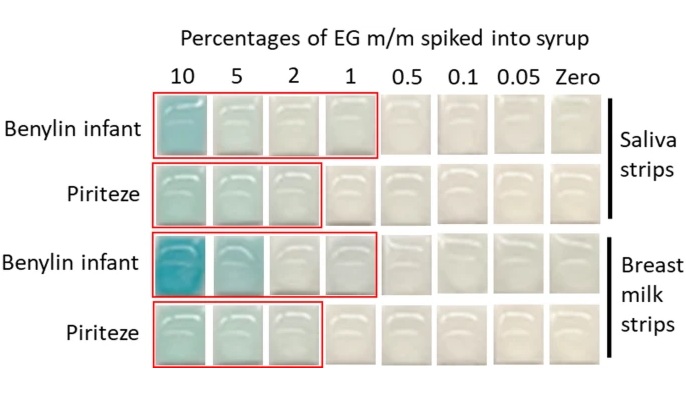New Barcode Technology to Help Diagnose Cancer More Precisely
Posted on 22 Nov 2024
A new pathology tool utilizing barcode technology shows promise for use in cancer diagnoses.
Developed at Yale School of Medicine (New Haven, CT, USA), this tool, called Patho-DBiT (pathology-compatible deterministic barcoding in tissue), leverages DNA barcoding to map the spatial relationships between RNA and proteins, enabling a comprehensive examination of RNA, some types of which play regulatory roles in cancer. The innovation lies in its use of microfluidic devices that deliver barcodes into tissue from two directions, creating a unique 2D “mosaic” of pixels. This mosaic provides spatial information that could be crucial for developing patient-specific targeted therapies.

In their study published in the journal Cell, the researchers explain how Patho-DBiT could unlock a vast amount of information preserved in tissue biopsy samples. Potential future applications of this technology include the creation of targeted therapies and understanding the mechanisms behind the transformation of low-grade tumors into more aggressive forms, which could help find ways to prevent this progression. However, further research is required to test and validate patient samples before Patho-DBiT can be integrated into routine pathology diagnostics.
“It’s the first time we can directly ‘see’ all kinds of RNA species, where they are and what they do, in clinical tissue samples,” said Yale’s Rong Fan, PhD, senior author of the study. “Using this tool, we’re able to better understand the fascinating biology of each RNA molecule which has a very rich life cycle beyond just knowing whether each gene is expressed or not. I think it’s going to completely transform how we study the biology of humans in the future.”
“There are millions of these tissues that have been archived for so many years, but up until now, we didn’t have effective tools to investigate them at spatial level,” said the study’s first author Zhiliang Bai, PhD, a postdoctoral associate in Fan’s lab. “RNA molecules in these tissues we’re looking at are highly fragmented and traditional methods can’t capture all the important information about them. It’s why we’re very excited about Patho-DBiT.”










 (3) (1).png)



